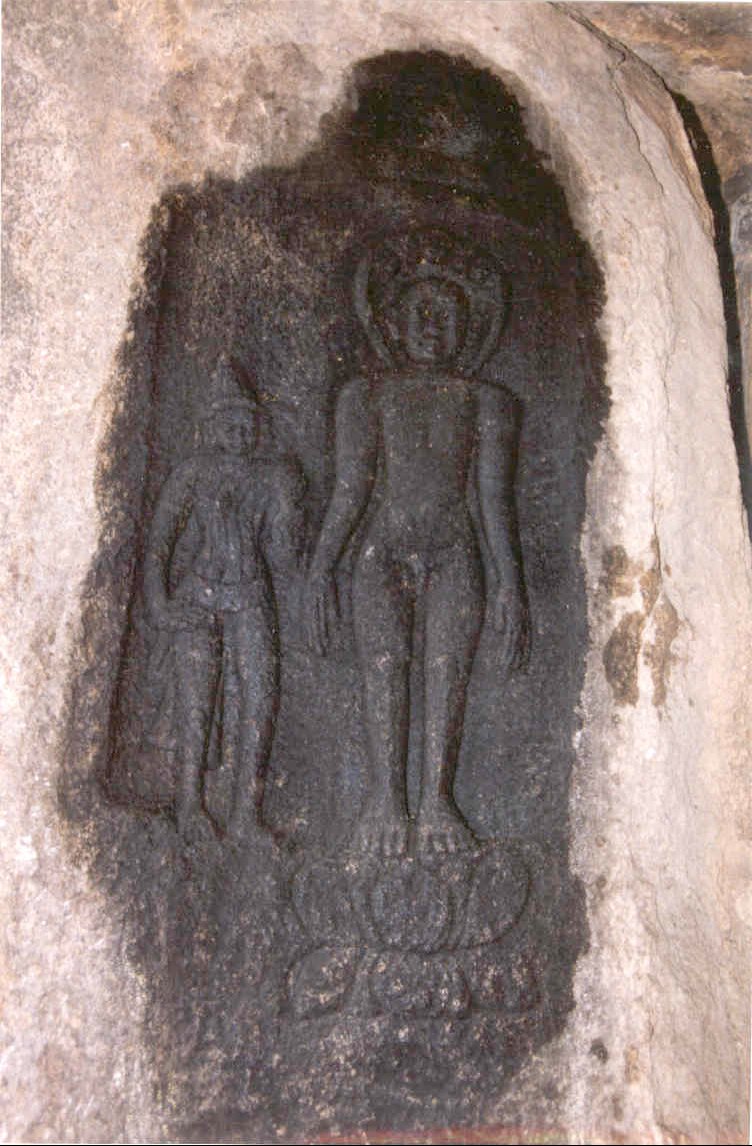2011 religion census and comparisons with 2001
Main conclusions:
1) Most states appear to have reasonably stable religion figures, modulo small fertility differentials between Hindus, Christians, Sikhs and Muslims.
2) Two major states (Maharashtra and Uttar Pradesh) saw the Hindu percentage drop below 80% for the first time, even though Buddhists' numbers have been historically high in Maharashtra courtesy of Ambedkar. It is indeed surprising that the land of Mayawati has barely any Buddhist numbers.
3) Kerala, Assam, West Bengal and Jharkhand seem to be slowly in the path of religion-driven turmoil of an existentialist kind that comes with instability and differentials across religions.
4) Goa appears to have stabilized due to constant migration from Maharashtra.
5) Northeastern states are a seething cauldron of changing affinities, often quite dramatically as in the case of Arunachal Pradesh. Almost always, Hindus appear to be losing out to Christianity. This does not lead to any form of transactional stability and soon Arunachal Pr. could have its own religion-driven terrorist outfit apart from NSCN(K).
6) Evangelical money networks could only keep the Christian numbers stable in Andhra Pradesh, Tamil Nadu, Karnataka, Delhi, Maharashtra, it could not prop these numbers up dramatically. One could argue that the very fact that their numbers have held stable is because of the moneys pumped in. In any case, someone who is pumping the cash from foreign shores has to wonder about the value for his/her money.
7) Modulo conversions to Christianity, Sikhs, Jains, Buddhists and Christians are decimating themselves proportionately via family planning.
8) Bangladeshi immigration seems to have had a major impact on Assam alone, but not on West Bengal or Tripura like I would have expected. Either this must mean that the West Bengali Muslims do not enjoy a fertility differential that their counterparts elsewhere in the country do not enjoy (more unlikely) or that West Bengal must be seeing Bangladeshi Hindu immigration in proportionate numbers to compensate for the fertility differential.
9) The rise of tribal affinities in Chattisgarh is probably a direct effect of the Maoist menace.
10) Of course, all of this is based on gross numbers and not based on localized data. So the reality could be far different on a microscopic scale, across districts and tehsils.
Approximately stable states in terms of religious figures modulo small religion-based fertility differentials
1) Andaman & Nicobar Islands
2) Bihar
3) Dadra and Nagar Haveli, 1.2% Christians down, 1.2% Muslims up
4) Daman & Diu, 1.2% Christians down, 1.2% Hindus up
5) Delhi, 0.5% Hindus down, 0.5% Sikhs down, 1% Muslims up
6) Goa, 0.4% Hindus up, 1.5% Muslims up, 1.6% Christians down
7) Gujarat
8) Haryana, 0.7% Hindus down, 0.5% Sikhs down, 1.2% Muslims up
9) Himachal Pradesh
10) Jammu & Kashmir, 1.2% Hindus down, 1.3% Muslims up
11) Jharkhand, 0.7% Hindus down, 0.7% Muslims up, small changes from tribal affinities to Christianity
12) Karnataka, 0.5% Buddhists down, 0.5% Muslims up
13) Lakshadweep, 1% Hindus down, 1% Muslims up, small base
14) Madhya Pradesh
15) Maharashtra, 0.5% Hindus down to less than 80%, 0.5% down from Christians, Buddhists and Jains put together, 1% Muslims up
16) Orissa
17) Pondicherry
18) Rajasthan, 0.6% Muslims up, 0,45% Sikhs and Jains down
19) Tamil Nadu
20) Uttar Pradesh, 0.8% Hindus down to fall below 80%, 0.7% Muslims up
21) Uttarakhand, 2% Hindus down, 2% Muslims up
22) West Bengal, 2% Hindus down, 1.7% Muslims up
Unstable/Outlier regions: Part I
1) Assam, 3.5% Hindus down, 3.5% Muslims up -- most likely due to Hindu-Muslim differential and Bangladeshi immigration
2) Chandigarh, 3% Sikhs down, 2% Hindus up, 1% Muslims up -- Hindu-Muslim vs. Sikh fertility differential
3) Kerala, 1.5% Hindus down, 0.9% Christians up, 0.6% Muslims up -- Christian-Muslim vs. Hindu fertility differential
4) Punjab, 1.5% Hindus up, 2.2% Sikhs down -- Hindu vs. Sikh fertility differential
Unstable/Outlier regions: Part II
1) Arunachal Pradesh, 4.5% Sanamahi down, 5.5% Hindus down, 1.5% Buddhists down, 11.5% Christians up
2) Chattisgarh, 1.5% Hindus down, 1.5% tribal affinities up -- probably propped by the Maoists3) Manipur, 4.5% Hindus down, 2.5% Others down, 7% Christians up
4) Meghalaya, 1.7% Hindus down, 2.8% Others down, 4.5% Christians up
5) Mizoram, 0.75% Hindus down, 0.5% Buddhists up
6) Nagaland, 1% Hindus up, 0.7% Muslims up, 2% Christians down
7) Sikkim, 3.1% Hindus down, 3.2% Christians up, 0.7% Buddhists down
8) Tripura, 2.2% Hindus down, 1% Christians up, 0.3% Buddhists up, 0.6% Muslims up
Labels: FCRA, North East Demography, Religion, Religious conversions



